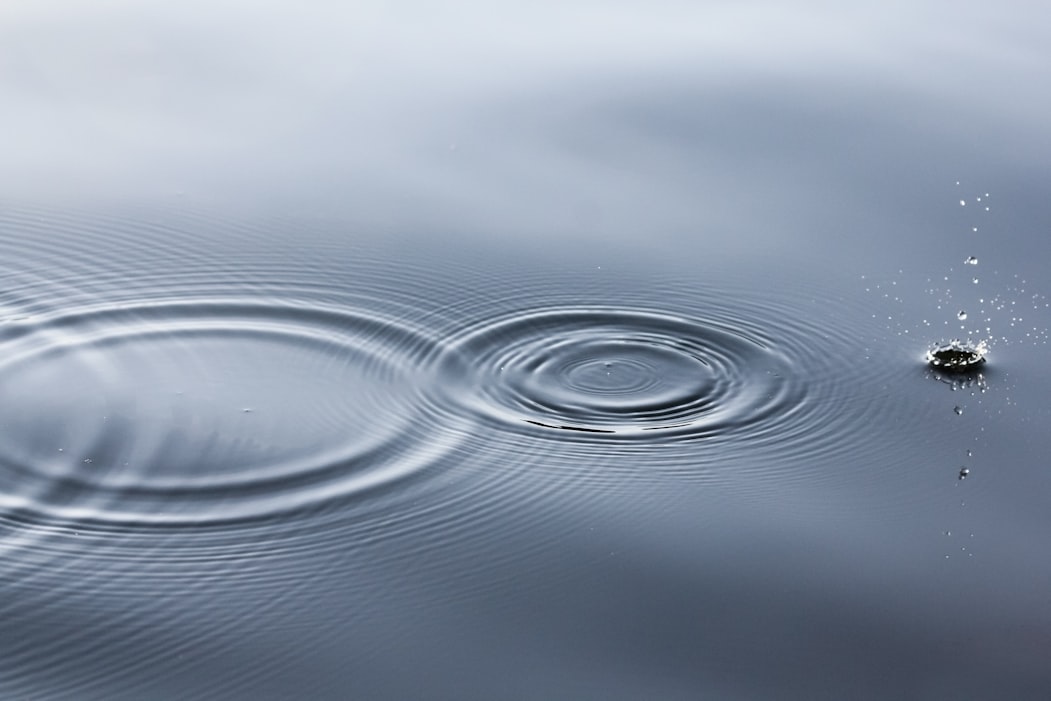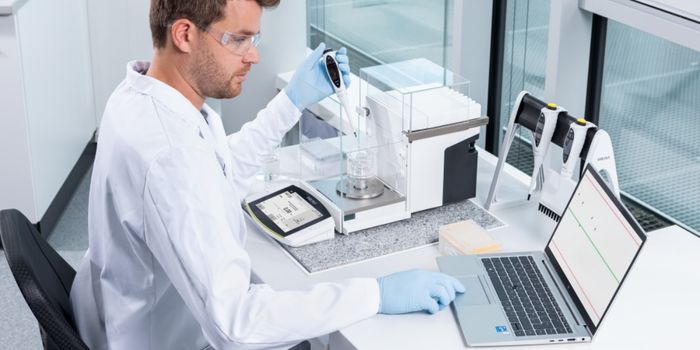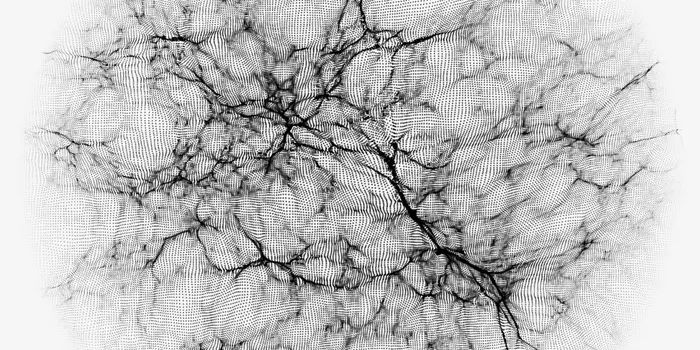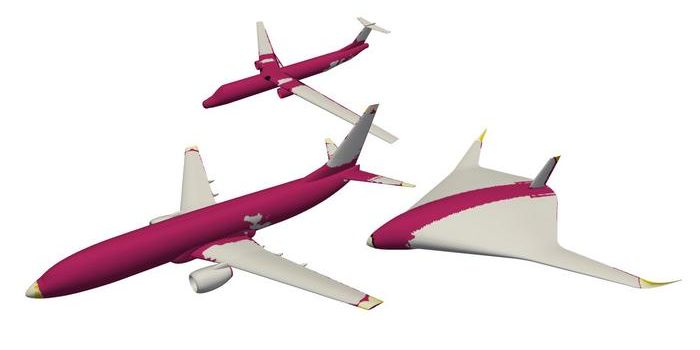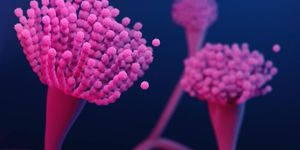Computational Methods for Water
Water is essential and may as well be Earth's most critical natural resource.
As such, scientists are looking for ways to reuse and use existing water because of the increasing demand. This includes the water purification process which is often faced with a challenge.
The challenge is learning how the affinity between solutes and membranes impacts water purification.
"Fouling -- where solutes stick to and gunk up membranes -- significantly reduces performance and is a major obstacle in designing membranes to treat produced water," said M. Scott Shell, a chemical engineering professor at UC Santa Barbara, who conducts computational simulations of soft materials and biomaterials. "If we can fundamentally understand how solute stickiness is affected by the chemical composition of membrane surfaces, including possible patterning of functional groups on these surfaces, then we can begin to design next-generation, fouling-resistant membranes to repel a wide range of solute types."
Findings were published in the Proceedings of the National Academy of Sciences (PNAS).
Learn more about the water treatment process:
"Solute-surface interactions in water determine the behavior of a huge range of physical phenomena and technologies, but are particularly important in water separation and purification, where often many distinct types of solutes need to be removed or captured," said Monroe, now a postdoctoral researcher at the National Institute of Standards and Technology (NIST). "This work tackles the grand challenge of understanding how to design next-generation membranes that can handle huge yearly volumes of highly contaminated water sources, like those produced in oilfield operations, where the concentration of solutes is high and their chemistries quite diverse."
Source: Science Daily
